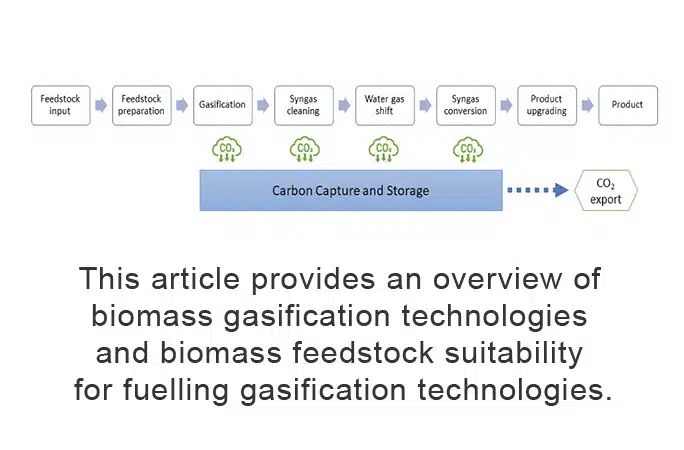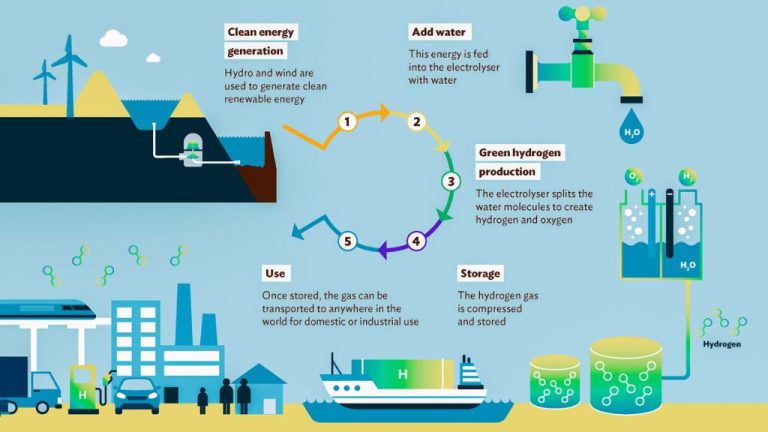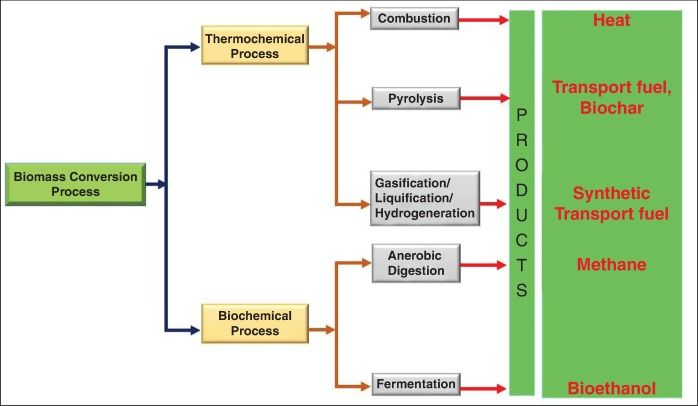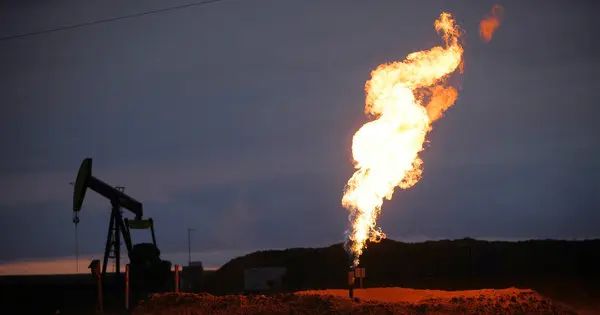Is Biomass Fuel Safe?
Biomass fuel is organic matter that comes from plants and animals which is burned to produce energy for electricity and heating purposes. The key question we aim to address in this article is whether or not the burning of biomass fuel for energy is safe and sustainable for the environment and for human health.
Biomass fuel includes wood, crops, manure, and some municipal waste. Historically, humans relied heavily on burning biomass as a source of energy, but with advancements in technology and infrastructure many societies moved towards using fossil fuels like coal and natural gas for energy production. There has recently been renewed interest biomass energy as a renewable and sustainable alternative to fossil fuels, given concerns over climate change. However, some health, safety and environmental issues still surround biomass energy and need to be considered.
Types of Biomass Fuels
Biomass fuels consist of organic materials such as wood, plants, manure, and municipal waste. These materials contain stored energy that can be used to generate electricity or other forms of power. The main categories of biofuels include:
Wood
Wood in the form of trees and forest residues like chips, pellets, and sawdust. Wood can be burned directly or processed into wood pellets or chips that have a high energy density and can be transported and stored efficiently.
Plants
Plant materials like grasses, corn, soybeans, wheat, sugar cane, and algae. These plants can be used to produce bioethanol, biodiesel and other fuels through processes like fermentation and transesterification.
Manure
Animal manure and human sewage sludge which release methane gas as they decompose anaerobically. This methane gas can be captured and used to generate electricity and heat.
Municipal Waste
Wastes like food scraps, paper, cardboard, pallets, and construction debris. Municipal waste contains organic matter that when burned or converted, yields heat energy that powers generators.
How Biomass Energy Works
Biomass is material from plants and animals that is used as fuel in the form of solids, liquids, and gases. Biomass energy comes from the process of photosynthesis. Photosynthesis occurs in plants, where carbon dioxide in the air and water with the help of sunlight are converted into carbohydrates like sugars and starches. The sugars and starches store the chemical energy captured during photosynthesis and can later be turned into useful fuels. This makes plants and other photosynthetic organisms biomass resources because their stored energy can be harnessed and released through combustion or conversion to produce usable heat or electricity for human use.
Biomass contains stored chemical energy from the sun. When biomass is burned, the chemical energy is released as heat and can generate steam to run turbines to produce renewable electricity. Biomass can also provide renewable transportation fuels. Combustion is also one of the options for utilization of biowaste for energy purpose. Thus, biomass functions as stored solar energy. The biomass resources could further be classified into woody plants, herbaceous plants, aquatic plants, and manures from animals fed on biomass resources for supplying fuels. Thus, biomass acts as a renewable and sustainable source of stored energy from the sun that can be utilized for energy production.
Environmental Impacts
The environmental impacts of biomass energy are complex. On one hand, some forms of biomass are considered carbon neutral because the carbon released when burned for fuel is recaptured when new biomass grows. This offsets fossil fuel use and reduces net carbon emissions over time. However, other experts argue that burning biomass emits carbon immediately, and regrowth takes decades, so it cannot be considered carbon neutral in the short term.
There are also concerns around air pollution. While cleaner than coal, burning biomass still produces particulate matter, nitrogen oxides, carbon monoxide, volatile organic compounds and other contaminants. This contributes to smog, acid rain, respiratory illness, and climate change. Modern biomass facilities utilize various emissions controls, but many older facilities release substantial pollution.
In addition, some forms of biomass rely on unsustainable deforestation. Clearing forests to produce wood pellets, palm oil or other biofuels threatens biodiversity and ecosystems. In certain cases, deforestation displaces communities or disrupts food production. Sustainable forestry and agricultural practices are essential for minimizing ecological damage from biomass.
Health and Safety Risks
Biomass energy can pose some health and safety risks that need to be properly managed. Three main areas of concern are air pollution, fire hazards, and potential for explosions at biomass facilities.
Air Pollution
Burning biomass fuels, especially wood and waste, can generate significant air pollution in the form of particulate matter, carbon monoxide, nitrogen oxides, volatile organic compounds, dioxins, and other substances. These can reduce local air quality and negatively impact health. Proper emissions controls technology is essential to minimizing this risk.
Fire Hazards
Storing and handling large quantities of biomass fuels poses an increased fire risk. Fires can start from self-heating and ignition of certain types of stored biomass. Facilities need fire prevention systems, containment infrastructure, and contingency plans.
Explosions
There is a risk of dust explosions from biomass material. Fine organic particles suspended in air are highly combustible. All sections of a biomass plant, from fuel delivery to storage to combustion, require specialized design to reduce this danger.
Sustainability
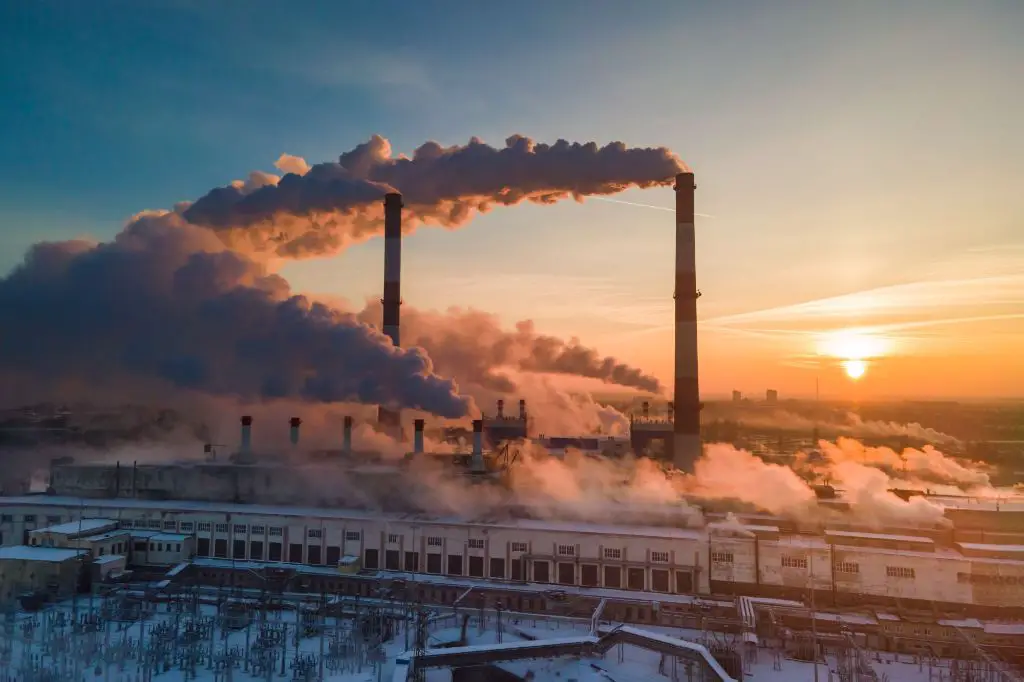
Biomass energy can be considered sustainable if the biomass sources are constantly replenished. Trees, grasses, agricultural residues and waste materials can regrow over time, allowing for renewable biomass sources. However, sustainability depends greatly on how biomass is harvested and the impacts it has on land use and biodiversity.
One concern with large-scale biomass production is clearing forests or converting diverse natural habitats into monoculture plantations. This deforestation and loss of biodiversity can negatively impact ecosystems. Sustainable harvesting means taking biomass in limited quantities without disrupting regeneration or harming sensitive environments. Rotational harvesting and mixed-species plantations can help maintain productivity and ecosystem health over the long term.
Some argue that using waste materials and residues for biomass energy maximizes sustainability because these resources would otherwise decompose and release emissions anyways. Agricultural and forestry byproducts as feedstocks avoid the direct land use impacts of dedicated energy crops. However, over-harvesting residues can deplete soil nutrients if not properly managed. An integrated food, timber and biomass production system is most sustainable.
Economic Viability
The economic viability of biomass fuel depends largely on cost comparisons to fossil fuels, availability of government subsidies, and potential for job creation.
Biomass energy generation can be cheaper per kW than fossil fuel power plants thanks to government subsidies and cheaper fuel costs. However, base costs of production and energy generation are still frequently higher than fossil fuel equivalents. The jobs created by the biomass energy industry, in fuel production, transportation, and energy generation, provide economic activity but generally do not offset the higher costs. Government policies in many countries aim to reduce carbon emissions from fossil fuels and incentivize biomass fuels as a cleaner alternative, so subsidies for biomass production and use are likely to continue increasing in some regions.
Case Studies
Several notable case studies showcase the use of biomass fuel for energy:
Drax Power Station Conversion in the UK
The Drax power plant, one of Europe’s largest coal plants, converted four of its six generators to use wood pellets instead of coal. It now produces 12% of the UK’s renewable power from biomass. While more sustainable, there are concerns over supply chain sustainability and carbon neutrality.
Biomass Energy in Southeast Asia
Many Southeast Asian countries have adopted biomass for electric power and heating, using agricultural residues, municipal waste, and dedicated energy crops. For example, Thailand aims for one-third renewable energy from biomass resources by 2037. Proper policies and sustainability practices are instrumental.
Municipal Waste Energy
Waste-to-energy plants burn municipal solid waste for district heating or electricity generation. Over 2000 plants operate worldwide, especially across Europe. While waste disposal is useful, toxins in the waste can cause air pollution concerns. Proper filtering technology is critical.
Regulations and Standards
There are regulations and standards around biomass fuels to ensure they are produced and used sustainably from both an environmental and social perspective.
UK and EU Regulations
The UK follows the EU policy, sustainability criteria, and minimum greenhouse gas savings thresholds for biomass fuels. These regulations apply to biofuels like wood pellets and biodiesel, and used for electricity, heating or transport. They take a full lifecycle approach, covering the raw material acquisition, production process, and final use. They aim to minimize carbon emissions and indirect landuse change from biomass production.
US EPA Standards
The EPA’s Standards of Performance for New Stationary Sources establishes emissions limits and guidelines for heat and power plants utilizing solid fuels like biomass and coal. It seeks to reduce harmful pollutants including particulates, carbon monoxide, nitrogen oxides and sulfur dioxide. Test methods and monitoring requirements are specified.
IEA Recommendations
The International Energy Agency provides guiding sustainability principles for bioenergy. It recommends managing the supply chain to protect land, soil, water resources and biodiversity. It also advises policies that minimize air pollution, support waste reduction and circularity, ensure health and safety protections for workers, respect land rights and provide income opportunities for local communities.
Conclusion
Our aim was to assess the safety of biomass fuel sources. As we’ve seen, biomass offers some advantages – it can provide renewable energy and support local economies while reducing waste. However, there are also substantial environmental, health, and safety drawbacks.
Key safety risks include air pollution from burning biomass, and dangers for workers in the supply chain like lung disease and injuries. There are also many unknowns around contamination, sustainability, and full lifecycle impacts.
More research is certainly needed. However stringent regulations, enforcement of standards, technological improvements, and site selection can help mitigate risks and maximize benefits.
In closing, while biomass holds some promise especially locally, the overall safety picture remains ambiguous given the pressing concerns around pollution, health, sustainability and lack of oversight. Biomass may play a small role in a renewable energy future, but its expansion should proceed cautiously until impacts and risks are better understood.

